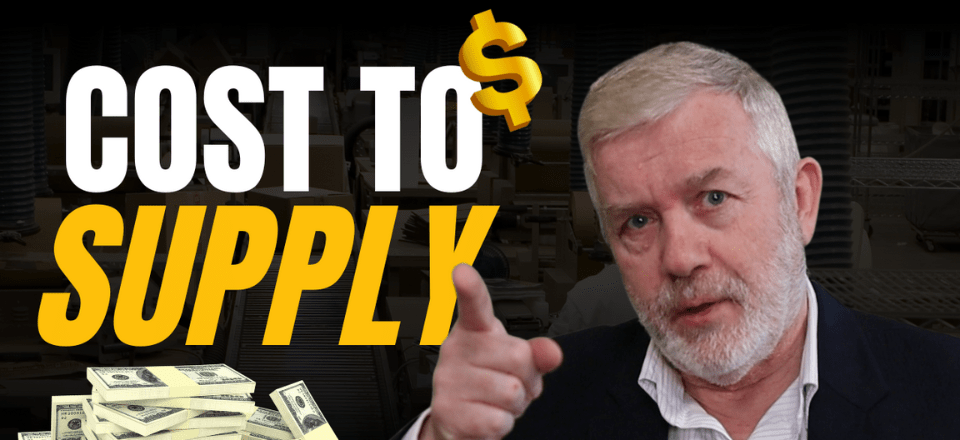Understanding supply costs is just as important as knowing service costs. Evaluating what your suppliers spend affects your pricing and efficiency.
With this knowledge, you can make smarter decisions and improve supplier relationships.
Watch the video below to find out why this insight matters and how it can lead to better, win-win partnerships.
What Exactly is Cost to Supply?
Cost to supply is a concept similar to cost to serve, but the focus shifts to your suppliers’ costs. It’s about understanding what your suppliers spend to deliver goods to you. This is just as important as knowing what it costs you to serve your customers. By grasping supplier costs, you can make smarter decisions, like whether it’s better for suppliers to deliver directly to your stores or send goods through your distribution centers (DCs). Retailers often charge suppliers a fee for handling orders through their DCs, so understanding these costs helps you weigh the best options.
Why It’s Important to Know Supplier Costs
Having a clear picture of your suppliers’ costs gives you the power to negotiate better deals and strategies. For example, does it make more sense for suppliers to ship in bulk to your DC, or deliver smaller loads directly to stores? I’ve seen businesses use this kind of analysis to make smarter choices, reducing overall costs while maintaining efficiency. Knowing these details allows both sides to sit down with all the facts and negotiate from a position of understanding.
Collaboration with Suppliers
This only works if you have a strong relationship with your suppliers. Openness is key here. You need to be able to openly discuss each other’s costs and work toward a solution that benefits both parties. Maybe your logistics network is more efficient than your supplier’s. In that case, it might be cheaper for you to pick up products rather than have them delivered.
The real value comes when both sides share the cost savings. It’s all about creating a win-win situation, where the benefits are shared fairly. If one side hoards all the savings, the relationship will suffer, and both sides miss out on long-term success.
Related articles on this topic have appeared throughout our website, check them out:
Editor’s Note: The content of this post was originally published on Logistics Bureau’s website dated September 04, 2024, under the title “Cost to Supply v Cost to Serve and Why You Need to Understand It“.

